The province derives its name from an Old Persian world Varkana meaning "land of wolves," and wild wolves are indeed still roaming the plains and forests of Golestan.
Situated in the Northern part of the country, the province is home to a number of peoples: Persians, Turkmens, Baluchis, Kurds, Turks and Kazakhs.
Among the province's historical sites are the Great Wall of Gorgan, the second biggest defensive wall in the world, and Gonbad-e Qabus tower, the world's tallest brick tower which was recognized as a UNESCO World Heritage Site in 2012.
Apart from the rich historical background, Golestan Province is also remarkable for its landscapes. In today's photo gallery, Sputnik takes you through the glorious scenery of the Northern province.
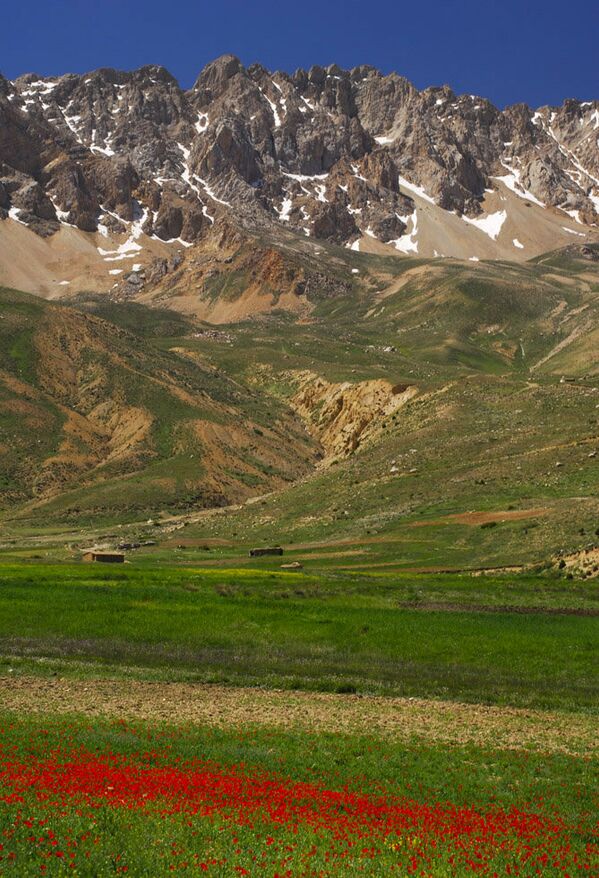
1/15
© Photo : Soheil Ghanbarzadeh
Golestan province's peculiar geographical location grants it a very diverse climate. Two-thirds of the lowlands feature arid and semi-arid climate, with the air getting drier the closer one gets to the border with Turkmenistan on the province's North.
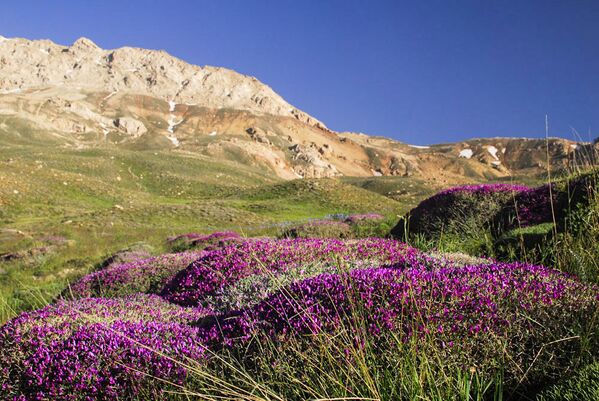
2/15
© Photo : Soheil Ghanbarzadeh
A "green belt" stretching between the mountain area in the South and the arid Northern part makes up the rest of the lowlands. Its moderate climate makes the soil fertile and perfect for farming.
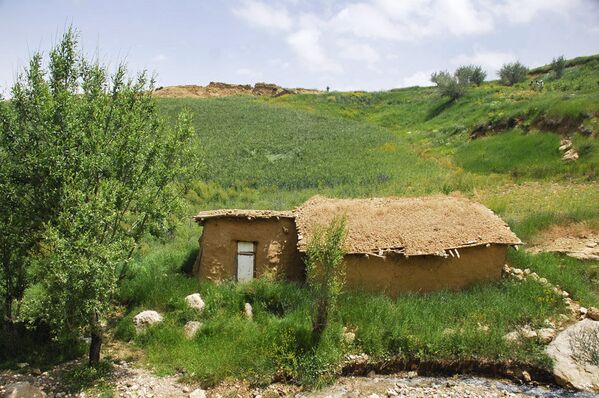
3/15
© Photo : Soheil Ghanbarzadeh
Most of the villages and towns in Golestan are situated in this "green belt."
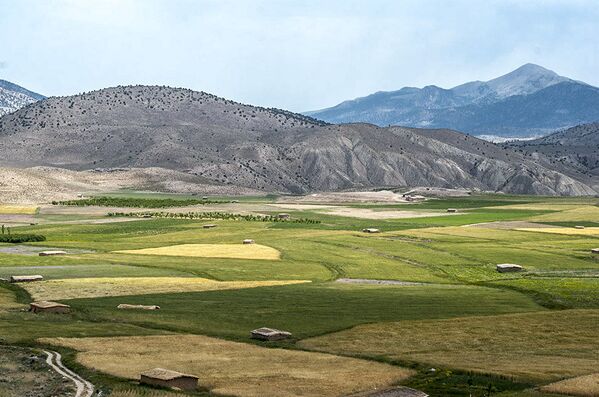
4/15
© Photo : Soheil Ghanbarzadeh
Golestan has more than 600,000 hectares of cropland. Wheat, barley, cotton and sunflower make up the province's main produce.
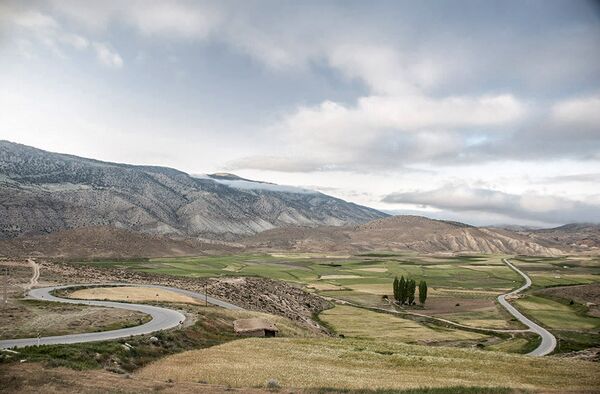
5/15
© Photo : Soheil Ghanbarzadeh
Rice, soy, peanuts and olives are also being cultivated in Golestan.
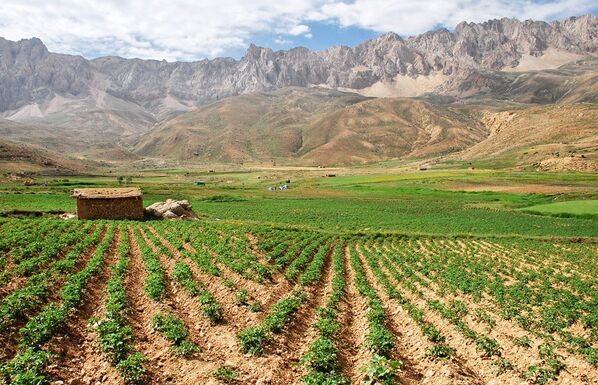
6/15
© Photo : Soheil Ghanbarzadeh
The wide diversity of the produce farmed in Golestan gives it a leading position in the country's economy.
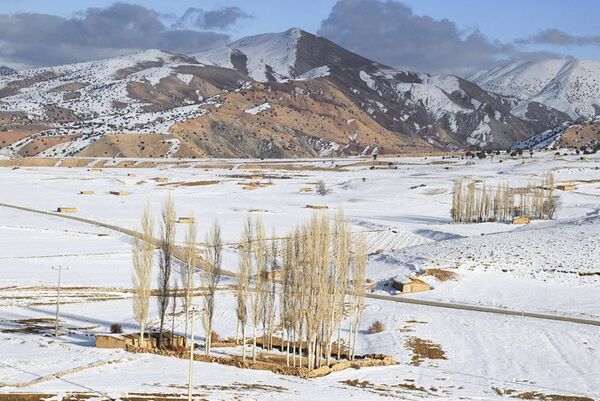
7/15
© Photo : Soheil Ghanbarzadeh
Two major rivers, Atrek and Gorganrud, and 28 smaller rivers make up the region's main water resources.
The Atrek river begins in the mountains of north-eastern Iran and flows for more than 500 kilometers [more than 310 miles], draining into the Caspian sea.
The length of the Gorganrud river is about 250 kilometers [155 miles]. It also drains into the Caspian sea.
The Atrek river begins in the mountains of north-eastern Iran and flows for more than 500 kilometers [more than 310 miles], draining into the Caspian sea.
The length of the Gorganrud river is about 250 kilometers [155 miles]. It also drains into the Caspian sea.
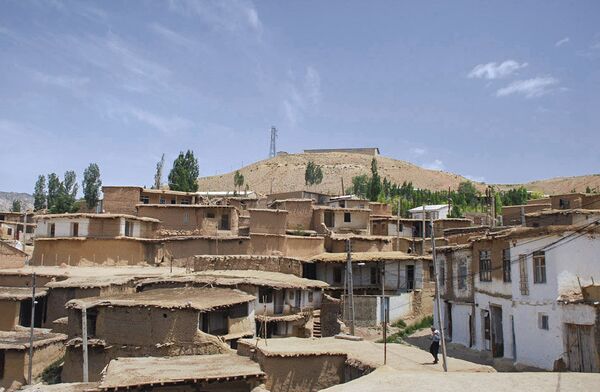
8/15
© Photo : Soheil Ghanbarzadeh
A sunny day in a town in the Golestan province.

9/15
© Photo : Soheil Ghanbarzadeh
The region's history goes back thousands of years, with archaeological evidence indicating that first known human settlements in this area date back to 10,000 BC.
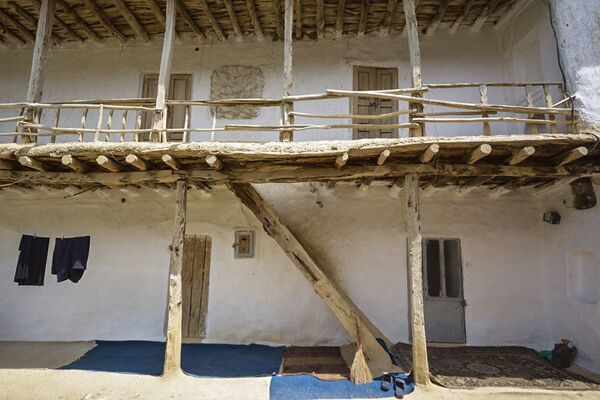
10/15
© Photo : Soheil Ghanbarzadeh
The oldest artifacts dating back to the Neolithic age were found in the Huto and Kamarband Caves, also known as the Belt caves. These discoveries point to the fact that the people who lived in these caves practiced such crafts as pottery, stone tool making and weaving.

11/15
© Photo : Soheil Ghanbarzadeh
A wide-angle view of a town in the Northern province of Golestan.

12/15
© Photo : Soheil Ghanbarzadeh
Archaeologists call this region a "Pre-Aryan" civilization because of its precious historical sites and artifacts. According to researchers, the landmarks left from the Pre-Aryan civilization are largely similar to Sumerian and Elamite culture.
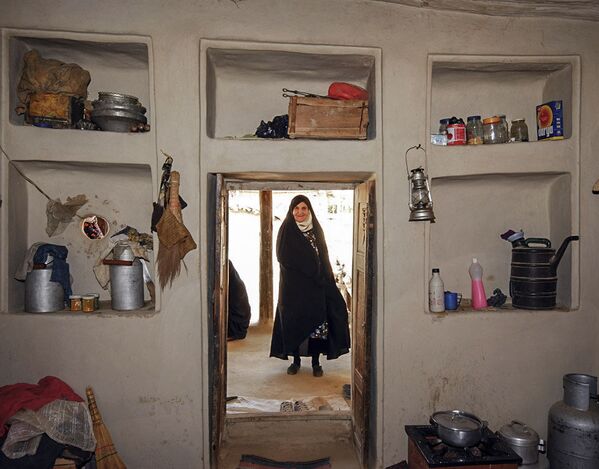
13/15
© Photo : Soheil Ghanbarzadeh
A local woman is seen here through the doorway. Various household items are kept in alcoves in the wall.
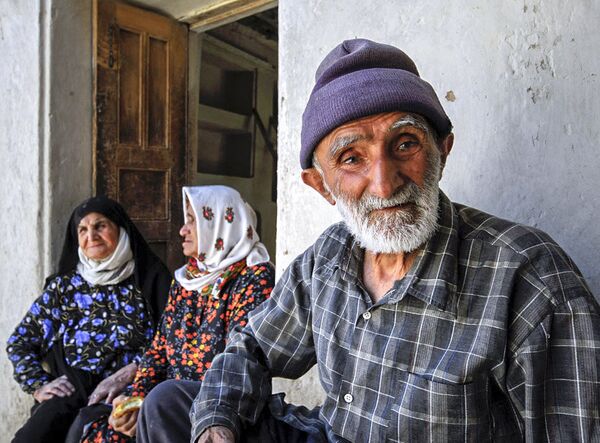
14/15
© Photo : Soheil Ghanbarzadeh
Locals enjoying a chat on the veranda.
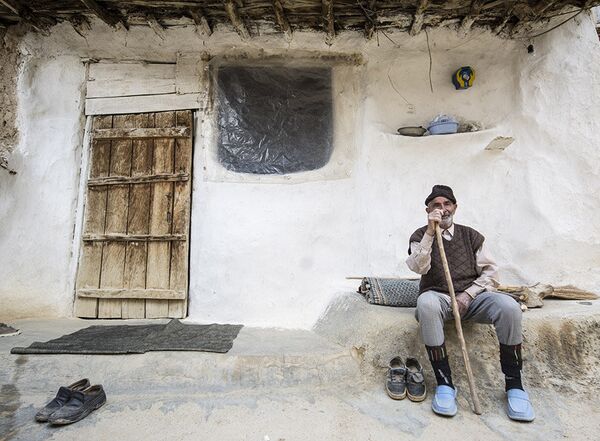
15/15
© Photo : Soheil Ghanbarzadeh
A local man sits in front of his house.

